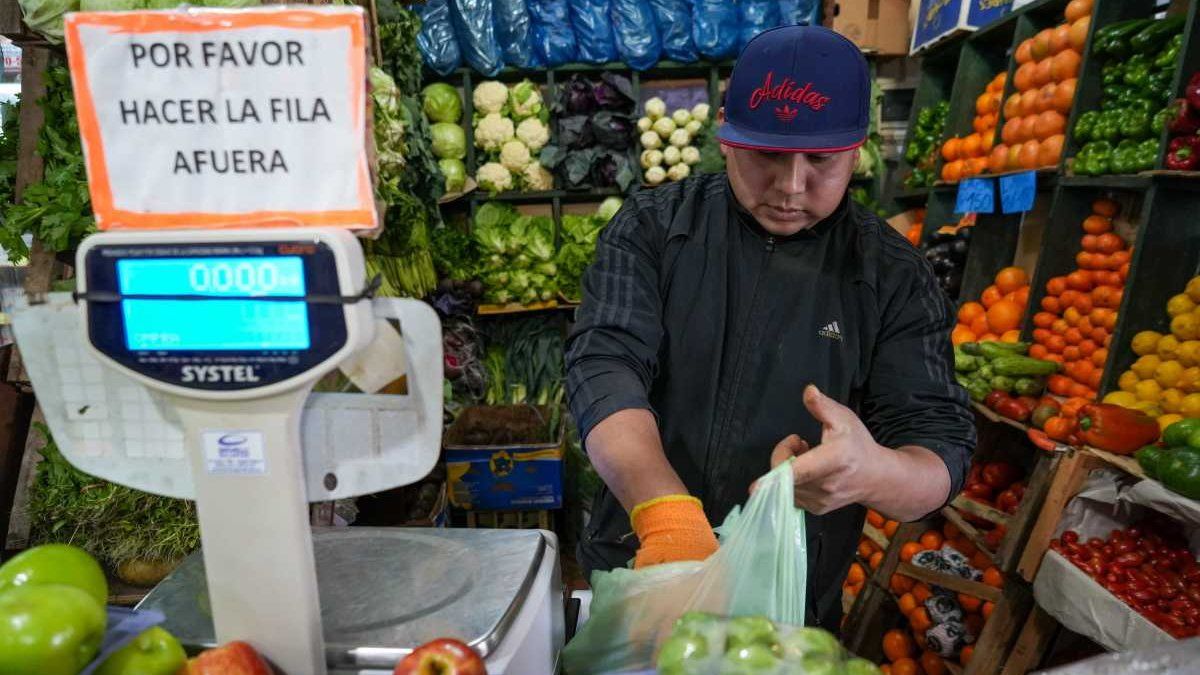- From the field to the shelf, the prices of the 19 fruits and vegetables that make up the IPOD basket multiplied by 5.4 times in October, for which the consumer paid $5.4 for every $1 that the fruit and vegetable producer received.
- For the 5 livestock products and by-products that make up the IPOD basket, the consumer paid 3.1 times more than what the producer received.
image012.png
Products with greater gaps between producer and consumer
Among the 5 products that presented the greatest difference between the prices of origin and destination, are the lemon (20.5 times), the carrot (14), the zucchini (10.9), the orange (8,3) and the Red pepper (7,7).
Regarding citrus, the lemon It was the product with the largest gap between the producer and the consumer, registering a monthly drop of 25% in origin prices -due to an excess supply in the province of Salta- and an increase of 24% in shelves. The orangefor its part, did not register significant variations in producer prices, but at destination prices increased 8%.
In relation to the three vegetables, the price of the carrot it fell 25.6% at origin and had an increase of 2.5% in gondola; the zucchini It did not show variations in producer prices, but it did at the consumer level, falling 29.5%; and the pepper registered a drop in the monthly price of 52.4% at origin -the red pepper season is beginning in producing provinces such as Salta and production decreases the price as it does not need to be preserved in cameras-, while at destination there was an increase in 71%
Products with smaller price gaps
Among the products that presented the smallest difference between the price received by the producer and the one paid by the consumer, there are 2 products of animal origin and 3 fruit and vegetable products.
The low gap between origin and destination of livestock products and by-products was due to the fact that eggs (2.3 times) and the chicken (2,4), in general, have integrated production systems, which means that all the actors in their respective value chains are part of the business risk.
In the case of the pumpkin (1.7), the product with the lowest gap of the month, producer prices increased by 73.6% -the result of a significant decrease in supply, due to droughts in Santiago del Estero and hail in Formosa and Chaco – and to the consumer, 50%.
The prices of round tomato (2.6), on the other hand, registered a 39% increase at origin -due to the heat waves that affected production in Salta, reducing the supply-, while at destination the drop reached 18%.
Finally, and in relation to the eggplant (2.9), a monthly increase in prices of 39.3% at origin was observed -as a result of an increase in the cost of freight, driven by the inflationary context-, while at destination the increase reached 18%.
Source: Ambito
David William is a talented author who has made a name for himself in the world of writing. He is a professional author who writes on a wide range of topics, from general interest to opinion news. David is currently working as a writer at 24 hours worlds where he brings his unique perspective and in-depth research to his articles, making them both informative and engaging.




